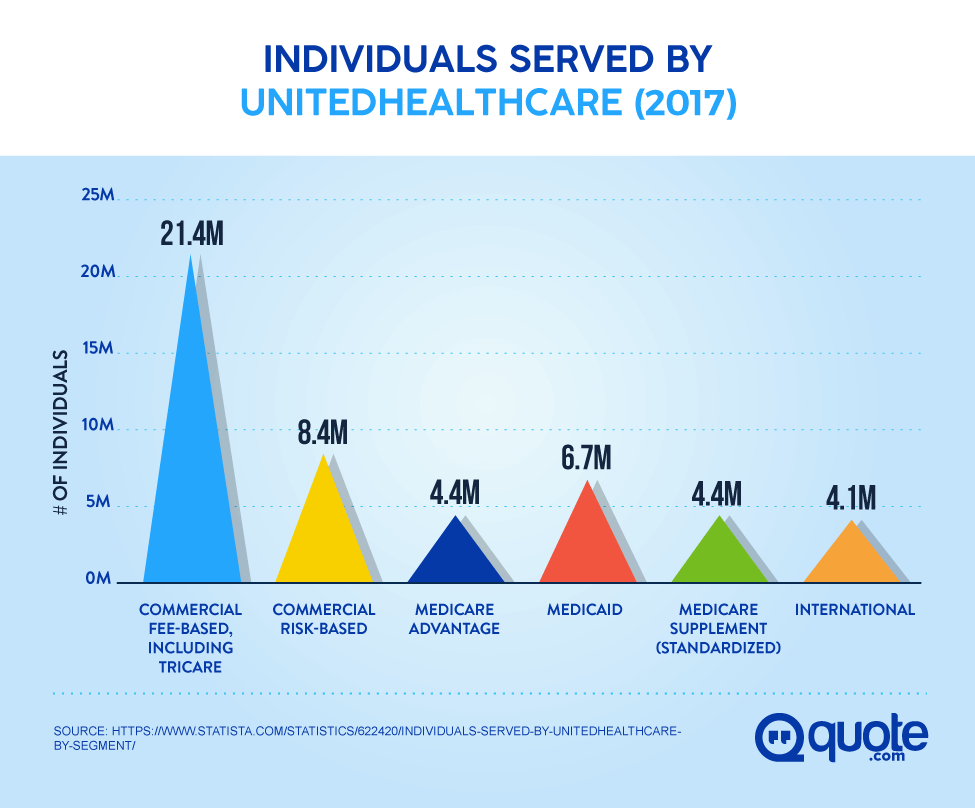According to the HHS Action Strategy to Lower Racial and Ethnic Health Disparities, the 2 significant aspects contributing to disproportionate health issues are inadequate access to care and the provision of subpar quality healthcare services. A number of federal government firms within the U. Who owns the world health organization.S. Department of Health and Person Solutions work to remove the health disparities experienced by minority populations: The Workplace of Minority Health (OMH) works to enhance the health status of racial and ethnic minorities, remove health variations, and accomplish health equity in the U.S. OMH provides Minority Population Profiles for African Americans, AI/ANs, Asian Americans, Hispanics and Latinos, and Native Hawaiians and Pacific Islanders that include different pieces of information such as a group summary, instructional attainment, health conditions, health insurance coverage, economics, language fluency, U.S.
The Federal Workplace of Rural Health Policy (FORHP) has a longstanding worry about the diverse health needs of rural minority populations and provides details, expertise, and grant chances to deal with the inequities found in rural minority health populations. The CDC Workplace of Minority Health and Health Equity (OMHHE) intends to eliminate health variations for vulnerable populations as defined by race/ethnicity, socioeconomic status, location, gender, age, Additional info Website link special needs status, sexuality, gender, and to name a few populations recognized to be at-risk for health disparities. Every state has a state office of minority health or health equity office charged with lowering health variations within their state, offering state-level health information and resources targeted toward minority populations.
Several publications recognize and describe the rural health disparities that include city comparisons. The research study Exploring Rural and Urban Mortality Distinctions offers data tables and online tools showing mortality rates for the 10 leading causes of death by rurality, age, region, and sex. The 2014 Update of the Rural-Urban Chartbook highlights health trends and variations throughout different levels of metro and nonmetropolitan counties. The chartbook consists of population qualities, health-related habits and threat aspects, death rates, and healthcare gain access to and usage. Individual data tables in the chartbook are readily available in an Excel file. A National Health Care Quality and Disparities Report is released each year by the Agency for Healthcare Research Study and Quality.
population and backwoods. The report also tracks the success of activities to minimize variations. Health Disparities: A Rural-Urban Chartbook is a research job presenting data on health disparities experienced by people living in rural America. Some variations recognized are poorer health status, greater frequency of weight problems, lower choices for activity, and higher mortality rates. Health, United States presents an annual summary of nationwide trends in health statistics. The report covers health status and factors, health care usage, access, and expenses. To view rural data in the Data Finder, select Metropolitan and nonmetropolitan under Population Subgroups. Rural Healthy Individuals 2020 outlines a strategic strategy to determine rural health concern areas.
The Rural Health Research study Gateway's Health Disparities and Health Equity subject lists of publications and tasks on the topic of rural health variations and health equity established by FORHP-funded rural health research study centers. Rural-Urban Disparities in Health Care in Medicare takes a look at distinctions and disparities in the quality of Medicare services for rural and metropolitan populations, and includes rural health variation information by race and ethnic background. The Rural Border Health Chartbook II examines rural and city U.S.-Mexico border counties by comparing them to other counties in the 4 border states and to other rural and metropolitan counties in the U.S. Uses county-level rates and statistics for socio-demographic factors, health care gain access to, health outcomes, and more. 11 baby deaths per 1,000 births), and babies born to Asian or Pacific Islander moms experienced the most affordable rates (3. 90 crib death per 1,000 births) (NCHS, 2016). In 2015 the portion of low-birthweight babies increased for the very first time in 7 years. For white infants, the rate of low-birthweight infants was essentially unchanged, but for African American and Hispanic babies, the rate increased (Hamilton et al., 2016). Obesity, a condition which has numerous associated chronic diseases and devastating conditions, impacts racial and ethnic minorities disproportionately too. This has major ramifications for the quality of life and health and wellbeing for these population groups and their households.

9 percent), and Asians had the least expensive (8. 6 percent) (NCHS, 2016). Again, there is variation among Hispanics; Mexican Americans suffer disproportionately from diabetes (HHS, 2015). Heart illness and cancer are the leading causes of death throughout race, ethnic background, and gender (see Table 2-1). African Americans were 30 percent most likely than whites to pass away prematurely from https://www.thewowstyle.com/what-to-look-for-in-residential-programs-for-teens/ heart illness in 2010, and African American males are twice as most likely as whites to pass away prematurely from stroke (HHS, 2016b,d). The U.S. Centers for Illness Control and Avoidance (CDC) reports that nearly 44 percent of African American guys and 48 percent of African American women have some kind of cardiovascular disease (CDC, 2014a).
The Ultimate Guide To What Is The Penalty For Not Having Health Insurance
Leading Causes of Death by Race, Ethnic Culture, and Gender, 2013. Homicide-related deaths, another instance of health variations, are greatest for African American men (4. 5 percent) and are at least 2 percent for American Indian/Alaska Native and Hispanic men. The rate of suicide is greatest for male American Indians/Alaska Natives, who are also most likely than other racial and ethnic groups to pass away by unintentional injury (12. 6 percent of all deaths) (CDC, 2013d). It is necessary to be cautious with information on disparities in hardship, obesity, and diabetes for a number of factors. First, security and other data are appropriate at capturing blackwhite disparities in part since of their large sample sizes.